Is Milk Good for Us? Of course NOT!
Does Milk Do The Body Good? Of course NOT!
By Cheryl L. Jones, Sonoran University Health & Sciences, College of Nutrition, Master of Science Clinical Nutritionist Candidate, Class of 2023.
We all know the saying, “milk does the body good,” and as Americans, we should question that saying. Why? It is because big industries pour millions into lobbying. For instance, there is much science revealing the negative health impacts of consuming dairy products. However, it has still made its way into our USDA Dietary guidelines.
In fact, the MyPlate pictograph illustrates a glass of milk as a healthy drink product, and what a genius way to persuade us to consider it as healthy! Why was this uncontested? Many think that our American Dietary Guidelines for 2020-2025 are used to provide us with advice on how to eat healthy nutrient rich foods and drinks. Actually, these guidelines were developed to promote health; yet milk is considered to be a very questionable health drink. Though questionable, it is shown as a healthy option in our American Dietary Guidelines for 2020-2025. Why do I say that it is questionable? It is because there are large credible studies that reveal the negative health impacts associated with consuming dairy and I will go into this shortly.
Health promotion associated with nutrition must always be towards foods and drinks that assists us with mitigating chronic disease. As such, most uneducated individuals rely on our government to provide them with dietary education, without questioning the data that is provided to them. My concern is always centered around who ultimately is affected by questionable dietary information. Why? It is because of the unknown negative impacts on young children who may be consuming unhealthy foods and drinks all based on unreliable health information.
This makes me instantly question the motives of those members who made a decision to list milk on our food guidelines as illustrated on MyPlate. Are they looking out for our best interest as American citizens or influenced by the dairy industry? As an example, a large study revealed the risks associated with the relationship of milk consumption. These risks were higher cases of cardiovascular disease, obesity, fracture, allergies, and various cancers for those who consumed milk frequently [1].
We cannot exclude these higher cases of disease and the probable cause being unethical animal farming practices and techniques. I say this because it is no secret, America is well known for its unethical animal farms and are notorious for employing unethical practices. Although they are well known for this, they still promote animal consumption and byproducts to us as healthy while millions in this country never stop to question things.
As I already mentioned our well-known unethical animal farming practices, another question that I have is why hasn’t America banned Recombinant bovine growth hormone (rBGH) like Canada and the European Union? America has been using rBGH since 1993, as this is when it was approved by the Federal Drug Administration (FDA). Further, though this is a controversial topic, major concerns that these other countries have regarding significant health impacts has been considered inconclusive here in America [2].
Also, we must not forget that lactose malabsorption is considered to be widespread in most regions of this world. In fact, though the variations are wide in specific regions, there is an overall number of approximately two-thirds of the world’s population who suffer from this condition. Specifically, lactose malabsorption causes the small intestine to not break down or digest lactose that is eaten or drank.4 Further, everyone may not have digestive symptoms once consuming lactose and those who do have symptoms are lactose intolerant [3].
In contrast to American food guidelines, Canadians are given a food guide that illustrates how to fill at least 50 percent of their plate with vegetables and fruit. I find this is very wise of Canada to stress the importance of fruit and vegetables over a dairy group. I see Canada’s Food Guide as a stage-setter and it’s wonderful that they completely revamped it based on pertinent science and extensive reviews developed by experts in the nutrition field [4].
This clearly shows that they did not succumb to influencers yet instead consulted with nutritional experts. Further, Canada applied science that reveals the wide-spread number of individuals who suffer with lactose issues and didn’t illustrate misleading dairy items as they illustrated water in the food guide as the drink of choice. In short, Canada’s food guide illustrates only 1/4th towards grains and starches and 1/4 towards protein [4]. There is no milk shown on Canada’s food guide. In America, MyPlate has four divided sections and a photo of a glass of milk that misleads millions into believing that milk is healthy.
References:
1. Willett WC, Ludwig DS. Milk and Health. N Engl J Med. 2020;382(7):644-654. doi:10.1056/NEJMra1903547
2. Recombinant bovine growth hormone. American Cancer Society. https://www.cancer.org/healthy/cancer-causes/chemicals/recombinant-bovine-growth-hormone.html. Accessed October 5, 2022.
3. Storhaug CL, Fosse SK, Fadnes LT. Country, regional, and global estimates for lactose malabsorption in adults: A systematic review and meta-analysis. The Lancet Gastroenterology & Hepatology. https://www.thelancet.com/journals/langas/article/PIIS2468-1253(17)30154-1/fulltext. Published July 6, 2017. Accessed October 5, 2022.
4. Lavigne SE, Lengyel C. A new evolution of Canada's Food Guide. Can J Dent Hyg. 2019;53(3):143-145. Published 2019 Oct 1.


